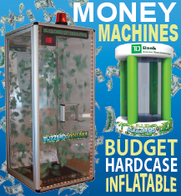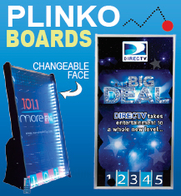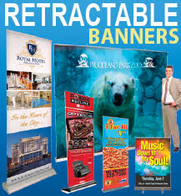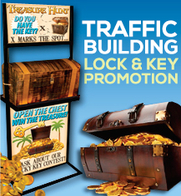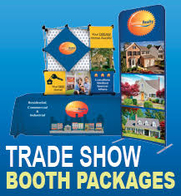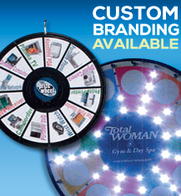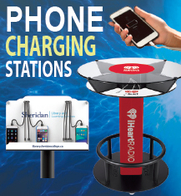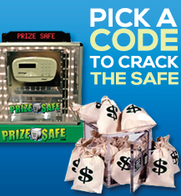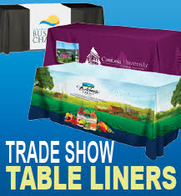 Every marketing dollar needs to be squeezed fully in order to produce results, or to evaluate which of those dollars contributes to the sales process. All too often this thorough analysis has been deferred because marketing is unsure of the best methodology for analyzing the results.
Every marketing dollar needs to be squeezed fully in order to produce results, or to evaluate which of those dollars contributes to the sales process. All too often this thorough analysis has been deferred because marketing is unsure of the best methodology for analyzing the results.
Determining ROI on trade shows is daunting, especially for those new to investing in exhibitions. How does one go about it? What are the best practices for it? Well now we have the answer.
Exhibit Surveys, along with several trade show industry organizations (IAEE, CEIR and PCMA) have created an ROI Tool Kit that any exhibitor can use to determine the effectiveness of their trade show program.
And the best part – it is free!!
You may have been to a show earlier this year and want to assess the value of that activity or you may be planning for next year’s show schedule. Or you might be questioning if you should have a larger presence on the show floor. Well all those questions and more can be answered with this ROT Tool Kit.
The Tool Kit answers questions regarding exhibit expenditure and its return.
Pre Event Planning:
- Should we exhibit?
- How many staff is needed to engage our Potential Audience?
- How much space is required to attract and accommodate our Potential Audience?
Post Event
- How many of our Potential Audience did we reach?
- How active were our staffs in reaching the Potential Audience?
- What is the ROI potential from leads obtained?
Having answers to these questions takes the guess work out of marketing. With solid results, plans can be created to take full advantage of this proven marketing strategy.
Like any new tool or program, it will take a bit if learning to totally grasp the dynamics of it, but once the learning curve is mastered – one or two passes through the tool should do it – you will have a valuable instrument to determine the return on all those shows you manage.
One fascinating aspect is the “what if” capabilities of this tool-kit. It allows you to adjust some parameters, like booth size, booth staff, etc. and compare resulting numbers based on alternative specifications. This planning based on variable objective parameters provides a point of reference for a decision to scale up or scale back your show activities.
Jonathan Edelman provides helpful advice about trade show strategies. With years of experience in the trenches, he is an expert on booth displays, follow up techniques, and using trade show marketing strategies to boost revenue.










